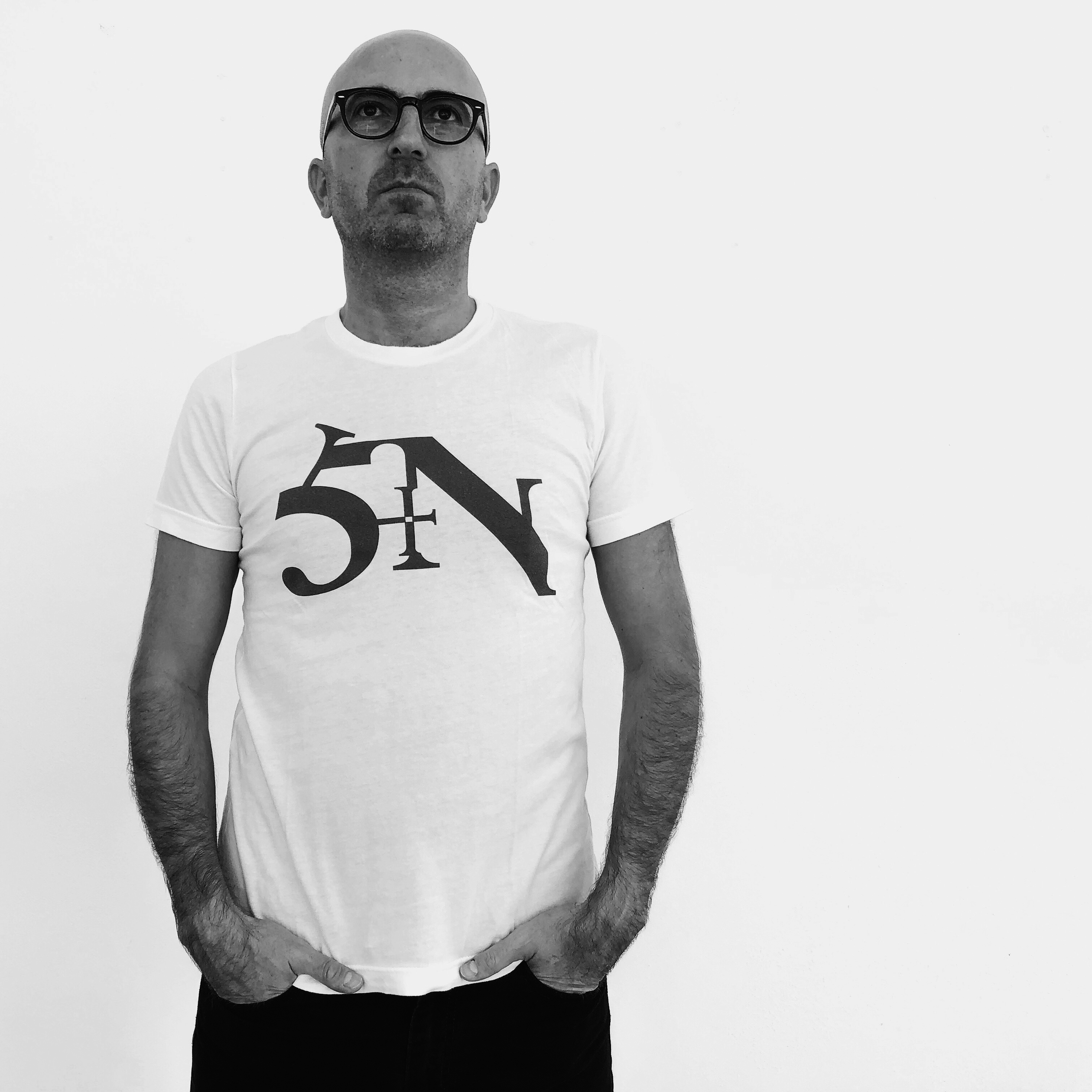

Palma de Mallorca, 1971
Guillermo Rubí delves into the concept of identity, both individual and collective, through his diverse artistic practice. Exploring subcultures, he focuses on how these environments shape and reflect personal and collective narratives using installations, paintings, and sculptures.
Rubi's works encourage critical reflection on self-perception, engaging viewers intellectually and emotionally. He recontextualizes logos, symbols, and slogans to highlight how societal narratives influence identity. The aesthetic of his pieces, often muted and restrained, challenges viewers to find meaning in what might seem incomplete. Music genres like punk and hardcore significantly influence Rubi's work, adding a rebellious edge. This influence is evident in his stylistic choices, borrowing raw aesthetics from these genres to infuse his art with dynamic energy. His black and white geometrical paintings suggest minimalism but deeply investigate societal constructs, compelling viewers to consider the complex layers of identity in contemporary society.

Guillermo Rubí, 2024. Image courtesy of the artist.